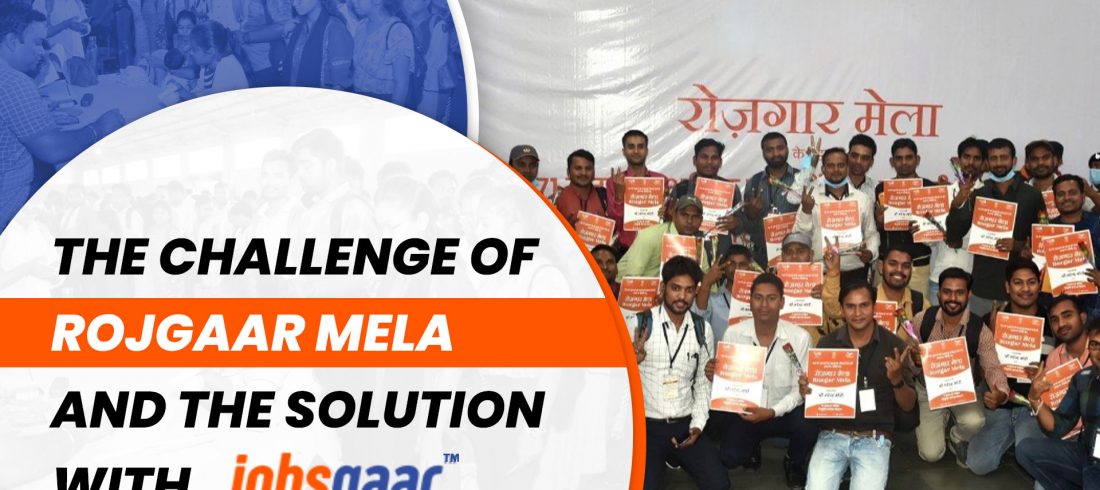India has consolidated twenty-nine labor laws beneath the umbrella of 4 labor codes. These embody the Code on Wages, the Code on social insurance, the commercial Relations Code, and therefore the activity, Safety, Health, and dealing Condition Code. However, the principles for these codes are still to be notified as of the Gregorian calendar month of 2021, and unit of time policies in India are still ruled by the previous laws for the nowadays.
As per the Indian Constitution, the federal, further as state governments, square measure sceptered to enact appropriate legislations to control and defend the interests of staff, further produce and increase employment opportunities.
With the target to consolidate and reform labor laws and facilitate the benefit of doing business in India, the govt of India has enacted four labor codes, that subsume just about twenty-nine labor laws.
What to understand before hiring in India?
Before you begin hiring in a very new country, it’s important to grasp the final landscape of the country’s men and employment rules and compliance obligations to abide by. Let’s verify some key info to grasp before recruiting in India.
Workforce skills in India
India is one of the fastest-growing economies in the world; but, it must generate 5 to 10 million jobs a year to stay up with the expansion rate. Therefore, the percentage of university graduates is high and plenty of Indians square measure usually forced to appear overseas for employment. This has a light-emitting diode to a surge of Indian professionals operating as expatriates within the U.S., UK, Australia, geographical region, geographical area, and conjointly remotely.
Enrollment in education establishments (HEIs) has enlarged four-fold since 2001, India’s gross enrollment quantitative relation (GER) – the share of individuals aged 16-23, United Nations agency square measure listed in tertiary education – is at 26.3 percent. This suggests that just about 48.8 million young adults in India are attending the next education establishment. Employers can therefore notice a comparatively extremely educated talent pool to recruit for her company in India.
– Remote Work Culture
With over 1.3 billion individuals living in India, the country is one of the highest hubs for remote employees, particularly within the IT sector. Moreover, India features a chop-chop growing population and a high attainment rate. India is the world’s second-largest communicative country, with around 125 million individuals, second solely to the U.S. It’s no surprise that a lot of world firms tend to rent remotely from India.
– Employment Contract
Foreign-owned businesses hiring staff in India ought to listen to the commercial Disputes Act and therefore the outlets and institutions Act. The latter Act administers the hours of labor, payment of wages, leave, holidays, terms of service, and different conditions. excluding labor laws, there square measure industrial laws, the businesses Act, and therefore the Contract Act, 1872 that govern employment conditions in India. There square measure different wages and remuneration Acts too, that regulate the salaries, bonuses, and equal pay between the genders. Once hiring staff, a commonplace observation is to possess an associate degree contract between leader and worker. For hiring staff in India, the simplest thanks to get this done are to draft it alongside an area skill. This is to make sure the contract is valid and it complies with Indian labor law.
– Wages
Employers ought to get to sporadically audit their wage structure to make sure it remains competitive inside the native market. However, it’s maybe additional necessary to make sure wages square measured in compliant with prevailing laws. Beneath the Minimum Wages Act, 1948, all employers within the organized sector should give ‘the basic price of living to worker classes such that inside the act. The Code on Wages, 2019 permits the central to mend the minimum statutory wage for lots of employees. The Equal Remuneration Act, 1976 mandates fairness for payment of wages to men and girls, whereas The Payment of Wages Act, 1936 orders the timely disbursement of wages to staff. Payment of wages below the earnings limits amounts to forced labor. this can be prohibited beneath the slavery System (Abolition) Act, 1976.
Companies ought to make sure that employment contracts consider this when shaping the terms and conditions for the remuneration of workers. These allowances might include:
• Performance-based bonuses
• Children’s education allowance
• House rent allowance (HRA)
• Vehicle allowance
• Phonephone or movable Allowance
• Leave allowance or concession (LTA/LTC)
• Special allowance
– Taxes and social insurance contributions
India recently introduced a brand new tax regime that eliminates seventy tax exemptions but offers lower tax rates. This new regime coexists with the previous one, and staff will select the system they need to follow. each system square measures progress, thus staff can fall inside a particular block supported their financial gain. staff creating below a particular threshold don’t need to pay taxation in the least. India conjointly features a social insurance program, that is run by the Employees’ Provident Fund Organization (EPFO). beneath this program, employers and staff contribute to the staff Provident Fund (EPF), which could be a retirement savings theme. the staff creates the majority of this contribution.
– Employer contributions
• Provident Fund
The Provident Fund could be a retirement savings theme mandated by the Indian government. Monthly the Employer associate degreed worker should contribute an equal quantity. The contribution is 12% of the employee’s basic salary, expensiveness allowance, and retentive allowance. However, if the corporate has but twenty staff or if it meets different conditions, the most contribution rate is ten p.c every. Upon retirement, the worker can receive a payment quantity together with each the worker and employer’s contributions with interest increased.
• State Insurance
Companies with a minimum of ten staff, or twenty staff within the State of Maharashtra, should contribute to the Employees’ State Insurance fund. For all teams whose monthly wages don’t exceed federal agency 21000, the employer should contribute three. 25% of the worker’s monthly regular payment and therefore the employee should contribute 0.75 percent.
• Payment of gratuity
Gratuity may be a form of profit in Asian nations for workers WHO area unit retiring or departure the corporate once many years of service. this can be applied to firms that have had a minimum of ten workers within the preceding 12 months. To be eligible for gratuity, the worker should render 5 full years with the leader except in cases wherever he or she will not work because of an associate degree accident or sickness. Gratuity is comparable to fifteen days’ value of wages for every year of service. variety|the amount|the quantity} of years is rounded to the closest number of years, i.e 5 years and 7 months would count as six years of service.
• Annual bonuses
In India, the law needs employers to pay bonuses. As explicit within the Payment of Bonus Act, 1965, firms with a minimum of twenty workers or factories with a minimum of ten workers should pay every eligible worker a bonus. The act states that the leader should pay the bonus within 12 months. The number should be a minimum of 8% but not more than 20% of the salary or wage earned by the worker or federal agency one hundred, whichever is higher. The compensation package should embody this bonus. per Section sixteen of a similar Act, the corporate doesn’t need to pay its workers the bonus for the primary 5 years if it’s not created a profit for that 12 months. However, once the primary 5 years, the corporate can need to pay the bonus whether or not it’s profited that year or not. Failure to accommodate the act might lead to imprisonment or a fine of up to INR 1000.








